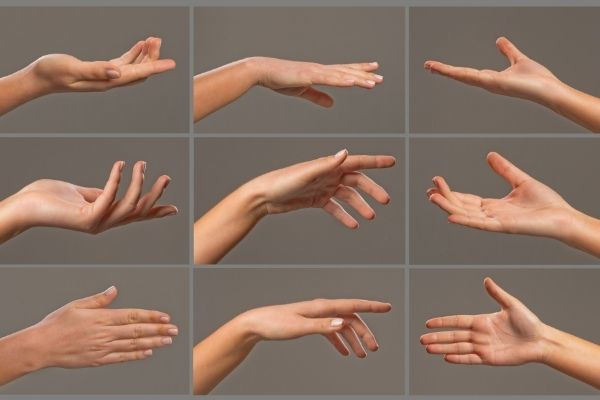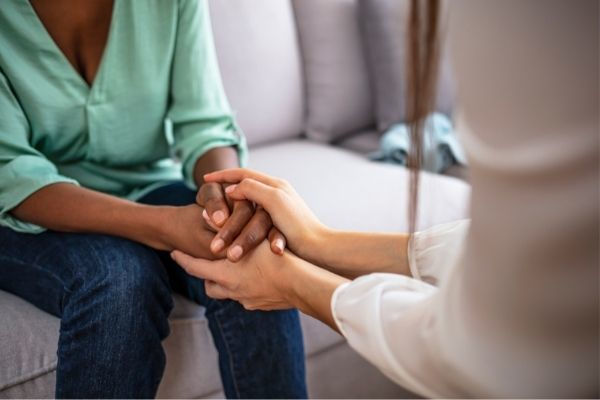“Ok” is just a simple two-letter word, but it can have many meanings. Therefore, it’s important to know how to respond to “Ok” in different situations.
“Ok” can mean that things are all fine, but a different tone can mean things are not actually okay. Knowing how to respond is all about picking up on these subtle differences.
Let’s dive into how to respond to “Ok”. We’ll start with the most popular meanings behind “Ok” and work our way up to examples of actual responses.
What are the possible meanings behind “Ok”?

Generally, people say “Ok” when they agree with something. For instance, in a workplace or personal setting, it may be the answer to a question, or response to an idea or opinion.
In other instances, “Ok” may be a show of consent or approval of a request. These responses are said using a positive tone and approving body language.
In other instances, “Ok” can be a sarcastic response. This shows that the person is not 100% willing or into what is happening. On the negative end of the spectrum, it can be a response brought about by fear of repercussions, or in an attempt to take the attention off themself.
There are other cases where “Ok” is meant as a question, where the person is seeking your approval. The only way to tell the difference is to listen to their tone of voice and watch their body language.
If you aren’t sure, your next resort can be asking questions for greater clarification.
5 responses when “Ok” means they are going along with what you’re asking/telling
When you ask a person to do a task, or tell them something, “Ok” is a sure sign that they are fine with it, or plan to comply. Again, body language and tone dictate whether the response is positive, so once you’re sure, you can prepare your response.
This is how to respond to “Ok” when they go along with what you’re asking/telling:


5 responses when someone says “Ok” in an ambiguous way
When someone says “Ok” in an ambiguous way, meaning you aren’t sure exactly what it means, it makes more sense to follow up the response with a question and to give the person the opportunity to explain what is meant.
Here’s how to respond to “Ok” when it was said ambiguously.

You May Also Like:

4 positive responses to “Ok?” when someone is asking for permission, or when they are making a request.
Let’s move on to when “Ok?” is being used to ask for permission or make a request. If you are willing and able, the responses will be positive, or in other words, you will say “Yes”.
This is how to respond to “Ok” in this sense:

You May Also Like:
4 negative responses to “Ok?” when someone is asking for permission, or when they are making a request
What happens when someone asks “Ok?”, but you do not wish to comply, or you don’t agree? You will need responses that say “No”.
This is how to respond to “Ok” in a negative way.


How to respond to “Ok” when you ask if everything is okay and they are clearly not okay
Sometimes, when you ask a person if everything is okay, they may end up lying to save face or because they’re not ready to tackle the situation. It’s up to you to decide if you want to push it or let things be.
Here are some ideas of how to respond to “Ok” when you know things are not okay:


Conclusion
With over 23 ideas of how to respond to “Ok”, you should be prepared for anything. You can use these responses in real life, or send them in a text message if that’s where the conversation is happening.
Either way, they get the job done, and you’ll never have to worry about saying the wrong thing.

